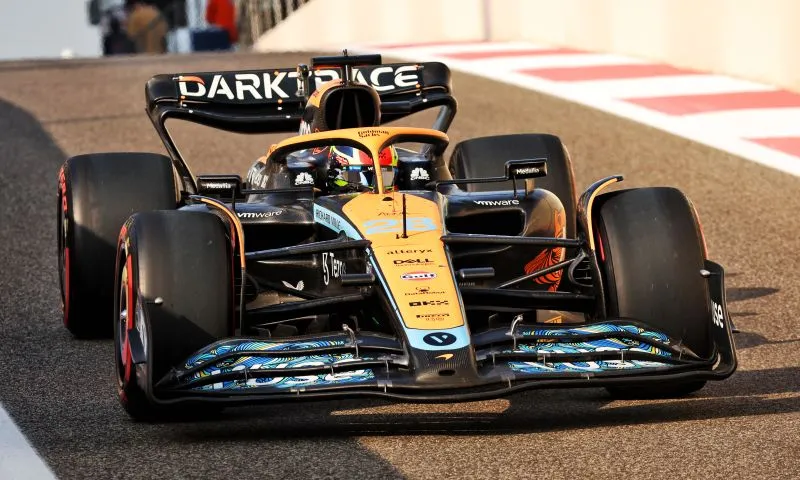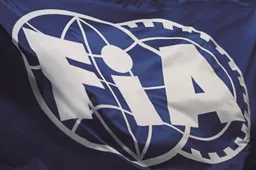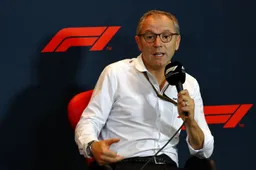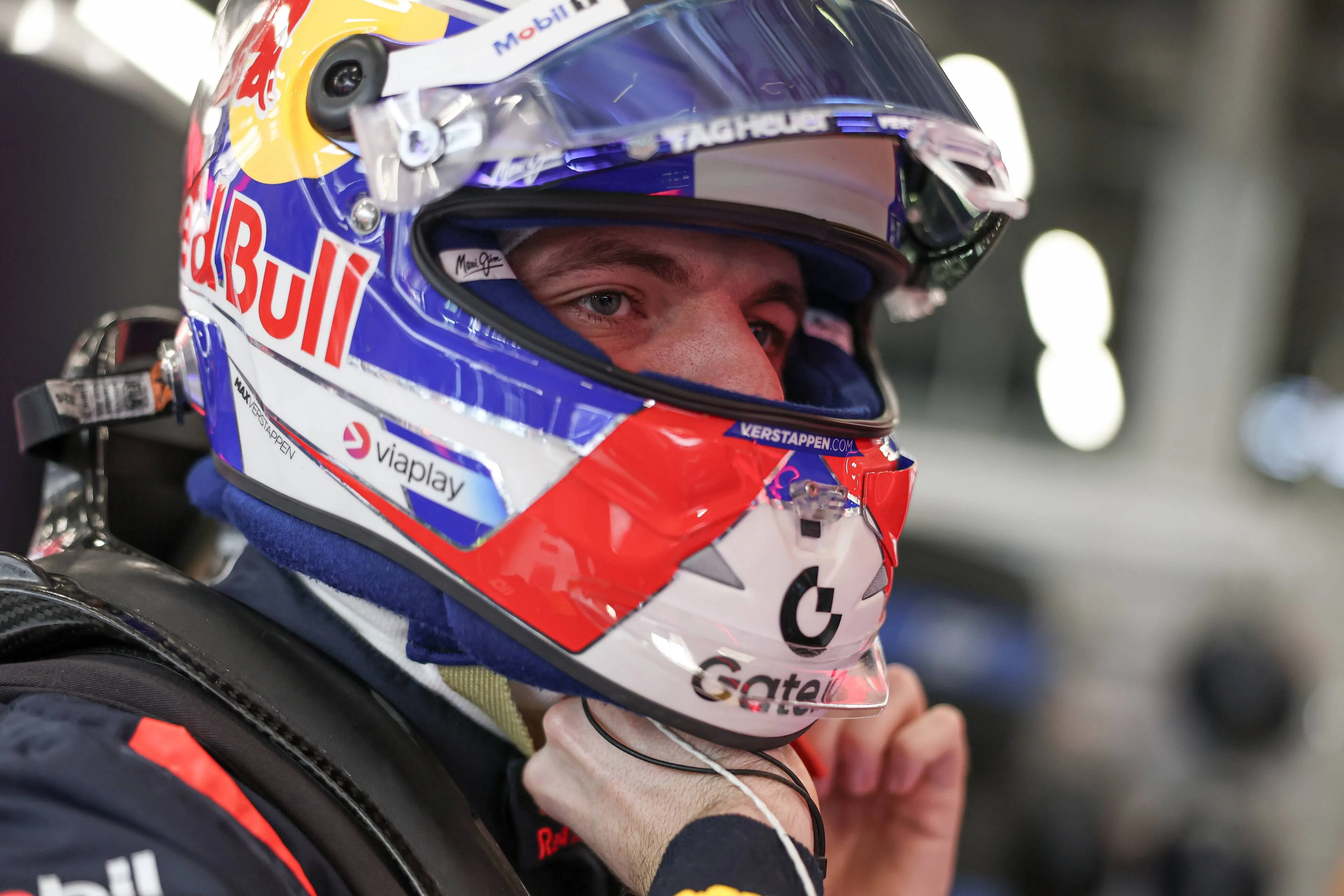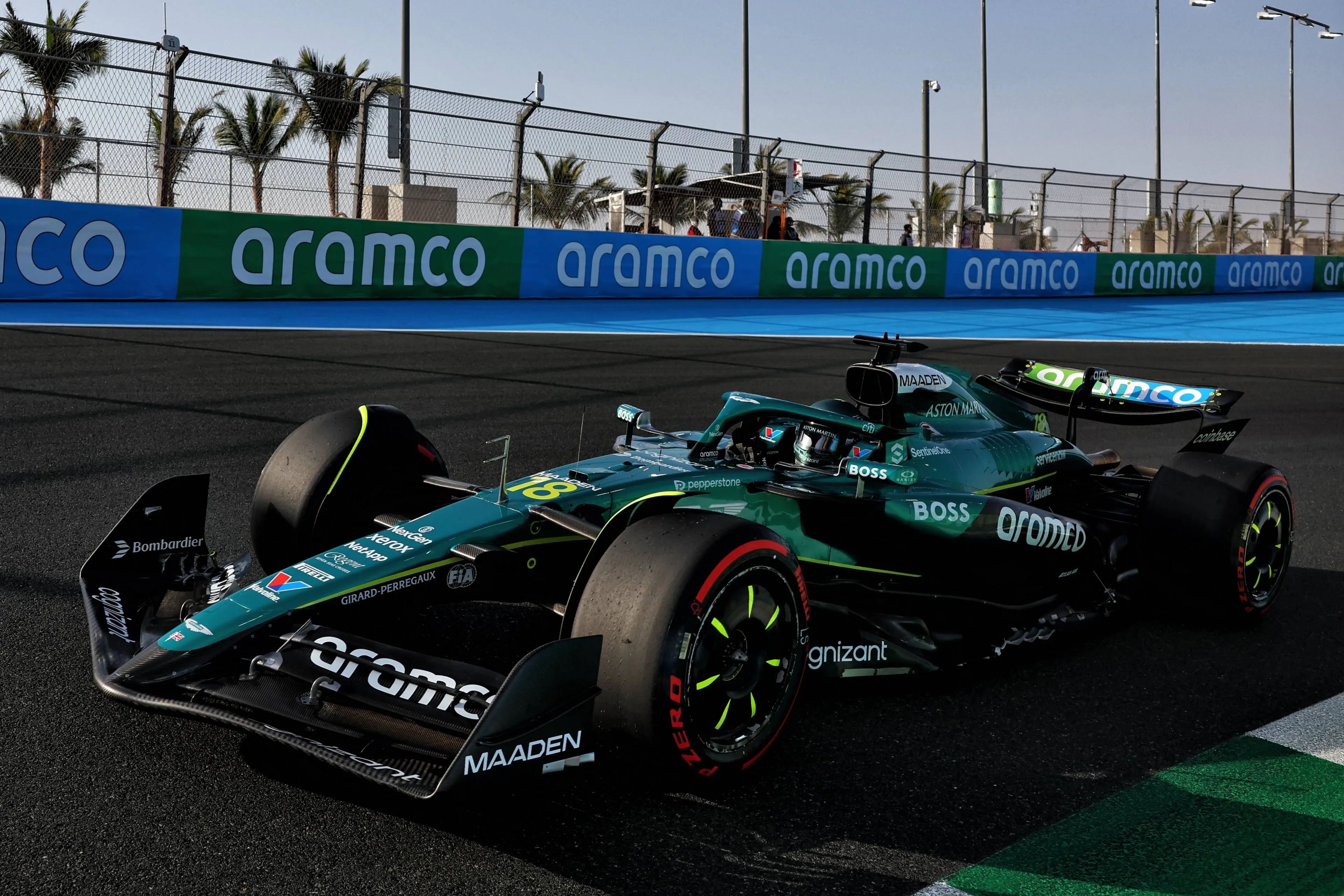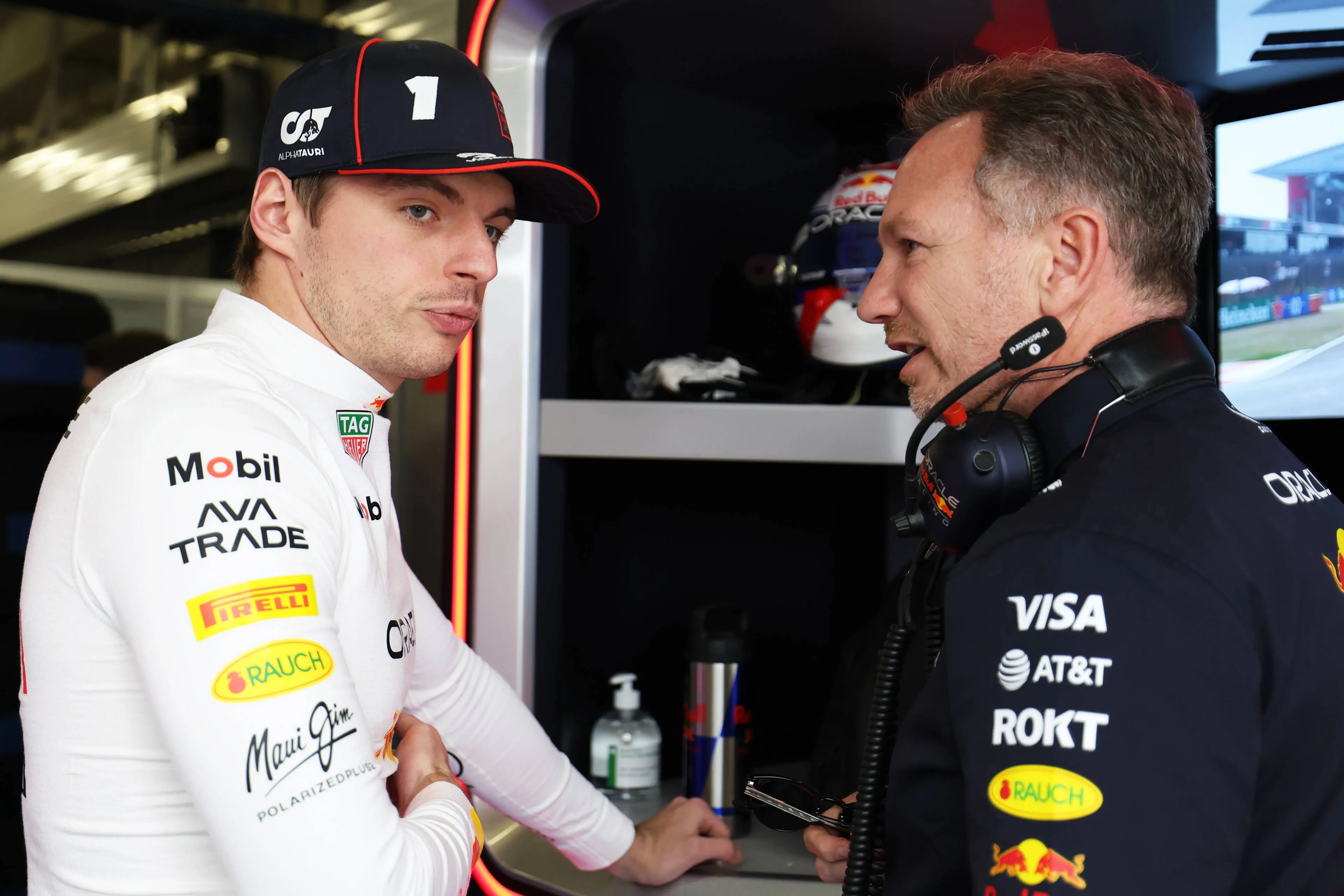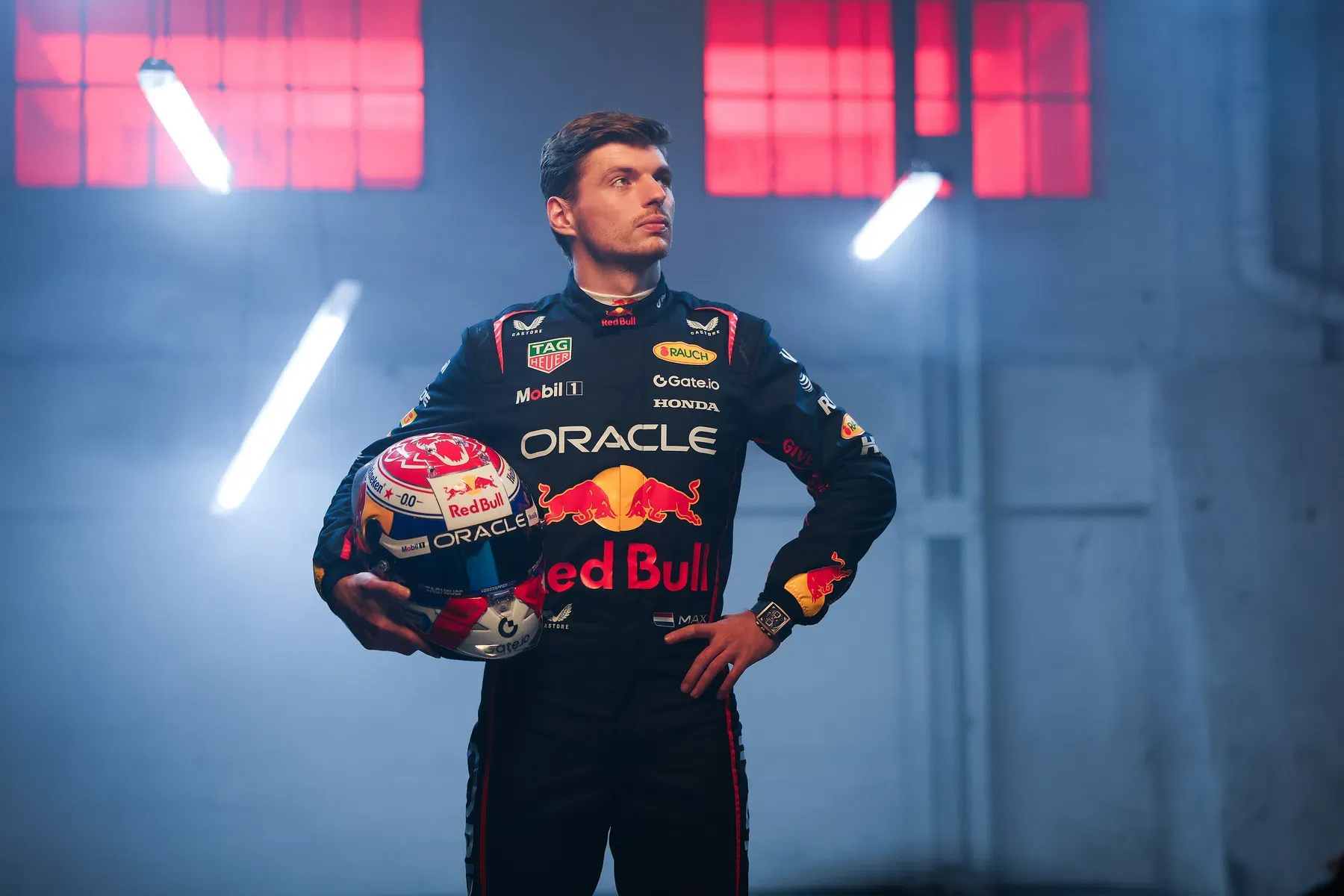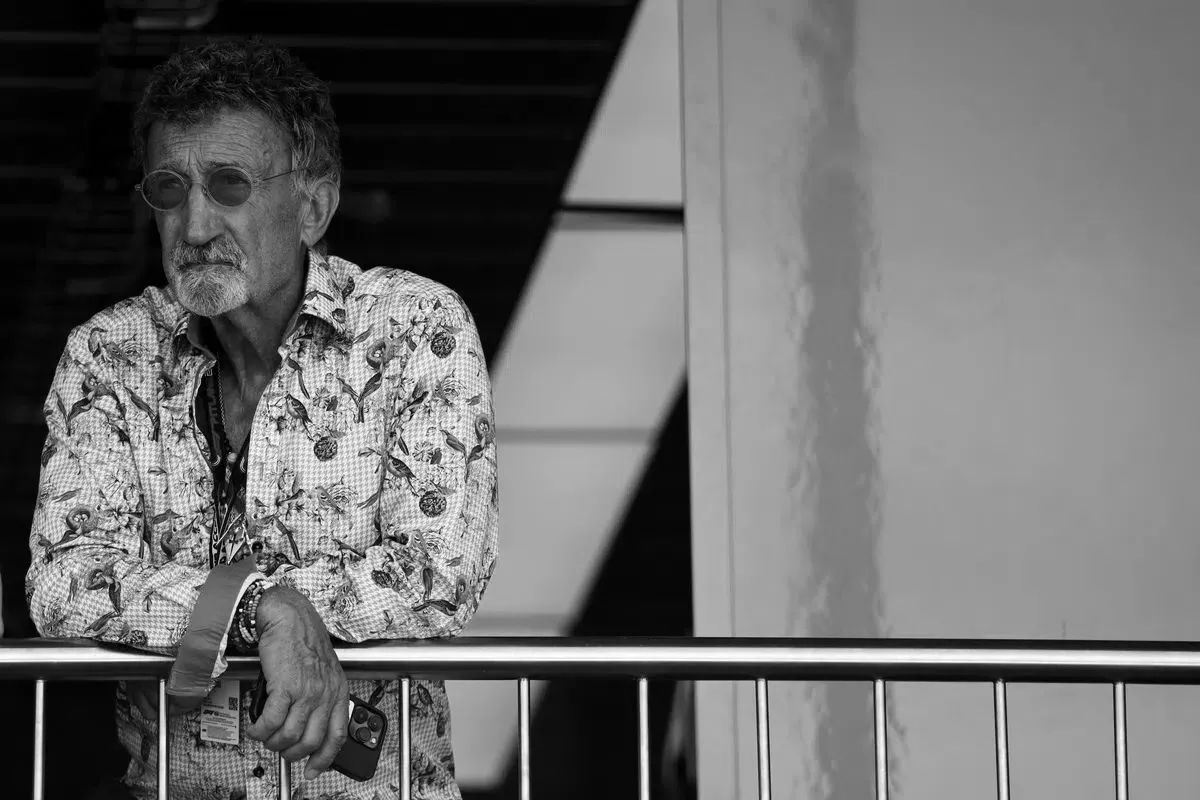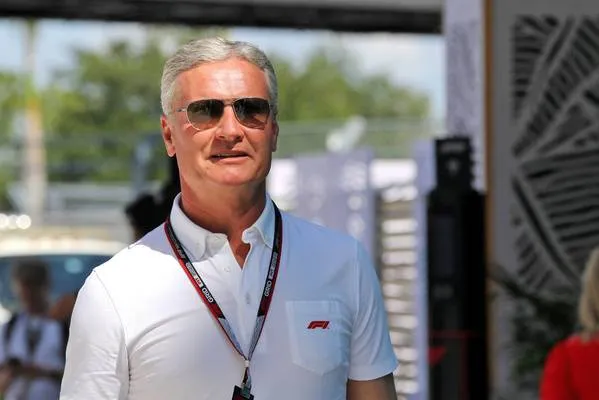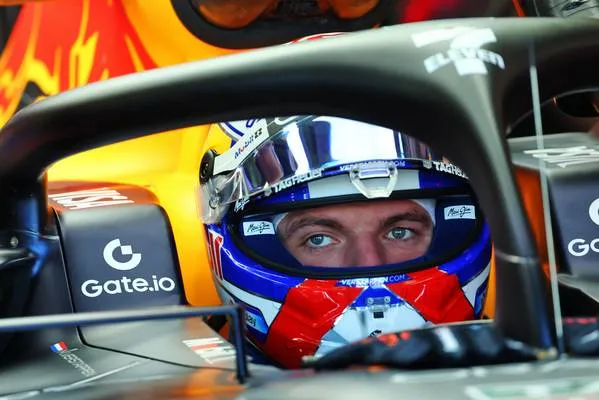It was recently announced that exploratory talks would have been held between McLaren and Honda to work together again from 2026. This collaboration would be the third time the two parties have partnered. Ahead of McLaren's car unveiling, below we look at the previous two collaborations between Honda and McLaren, and how successful those attempts were.
First phase: 1988-1992
After two particularly successful years with Williams, Honda decided to supply the engines for McLaren in 1988. Honda designed a turbocharged engine, one that should be slower on paper thanks to the new rules. However, there was no sign of that in the results: McLaren drivers Ayrton Senna and Alain Prost won 15 out of 16 races and the team scored three times as many points as rival Ferrari. Although the relationship between the two drivers was by no means great, it was hard to deny that McLaren and Honda were the dominant force that year.

1989 proved to be a repeat of the previous year: Ferrari managed to win three more races, but the rest all went to McLaren. Even with a completely new engine - turbo engines were officially banned this year - Honda had still developed the best engine. However, the relationship between Prost and Senna worsened and Prost announced his departure as early as midseason.
In the following two years, McLaren again won the title in both constructors and drivers, but the immunity of the two previous seasons had disappeared. Williams and Ferrari were getting dangerously close to the British team, and the title had to be defended tooth and nail. In 1992, Williams, with Nigel Mansell as their driver, finally managed to snatch the title away from McLaren. Honda announced it was leaving the sport at the end of the season because of a major economic crisis in Japan.
Second phase: 2015-2017
The second collaboration between the two sides did not remotely resemble the first. In 2014, McLaren still had a fairly respectable year in which they were able to compete with Ferrari for fourth place among constructors, but with the Honda engine in 2015, there was nothing more of that. Even with Fernando Alonso and Jenson Button as drivers, both former world champions, the team ended up ninth among constructors with just 27 points all season.
The Honda engine proved particularly unreliable, failing no less than seven times. It was also pretty clear that the engine could not keep up with the rest of the field: during the opening race, Button finished two laps behind the winner. Alonso even referred to the engine as a 'GP2 engine' when he was overtaken by Max Verstappen's Toro Rosso. The engine was clearly incompatible with McLaren's design, a particularly tight design that left little room for the engine. It should also be mentioned here that Honda did not actually want to return until 2016, but McLaren had convinced the Japanese manufacturer to accelerate this by a year.
The partnership fared slightly better in 2016 and the team managed to climb to sixth place. In 2017, however, McLaren fell back to ninth place with only Sauber behind it. Even before the end of the year, the two sides announced they would no longer continue the partnership. McLaren instead entered into a deal with Renault. Honda eventually made the switch to Red Bull Racing, with which, as is well known, it enjoyed huge success.

Third phase?
A third collaboration now seems possible. New engine regulations go into effect in 2026 and teams will have to reconsider who they want as an engine supplier. In that context, Red Bull Racing recently brought Ford back to the sport and Audi entered into a deal with Sauber. Honda is one of six manufacturers signed up for 2026, along with Red Bull Ford and Audi, and old friends Ferrari, Mercedes, and Renault. With the partnership between Ford and the Red Bull family, Honda are the only one of those suppliers not to have a team tied up. And while things could still change - Williams, Aston Martin, and Haas could also theoretically switch suppliers - Honda are likely to seize the opportunity with both hands to secure a major partner in McLaren.
On the other side of the negotiating table, McLaren are likely to be a lot more relaxed. The British racing team are much wider in their choices than the Japanese manufacturer. Should the deal with Honda not be what McLaren is looking for, they could continue with the Mercedes engines they already buys, or the team could look at what Audi's project has to offer. Former McLaren team boss Andreas Seidl currently holds the position of CEO there and McLaren are likely to be welcomed there with open arms if they want to enter the conversation. It is even still possible that McLaren will use Renault engines again, if highly unlikely that Renault wants to start supplying the team that has been its direct competitor in recent years. But with the start of talks at this early stage, at least one thing is clear: McLaren wants to explore every possible option.
Read more about:
Popular on GPBlog
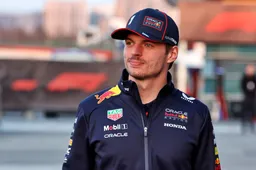
1
'People can see how good Max Verstappen is now', says former F1 driver
1367 times read
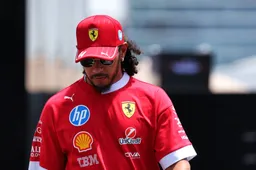
2
Former Red Bull Driver predicts early departure of Hamilton from Ferrari
1220 times read
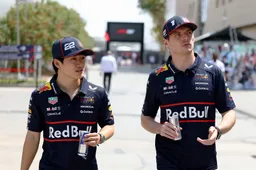
3
How Tsunoda compares to Verstappen versus Lawson in 2025
358 times read
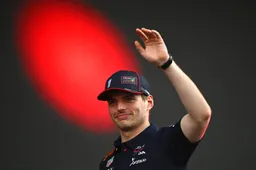
4
'Newey designs, Verstappen drives, and Alonso sporting director, hell of a team'
329 times read
